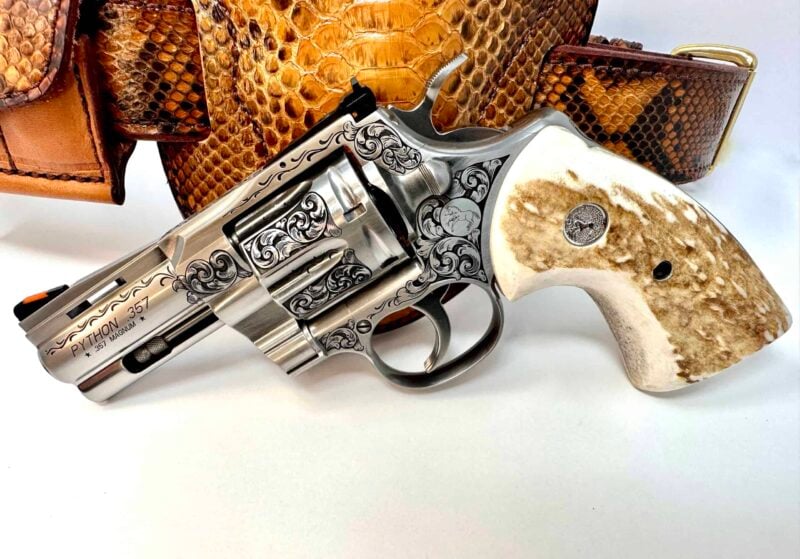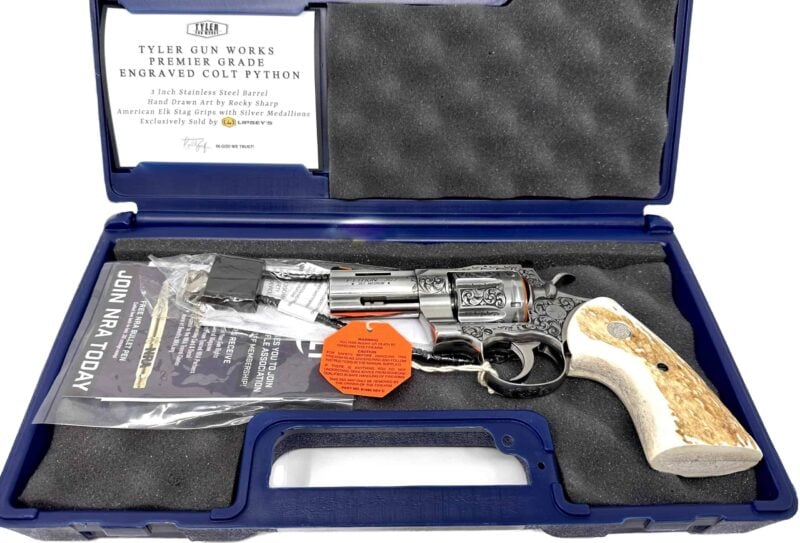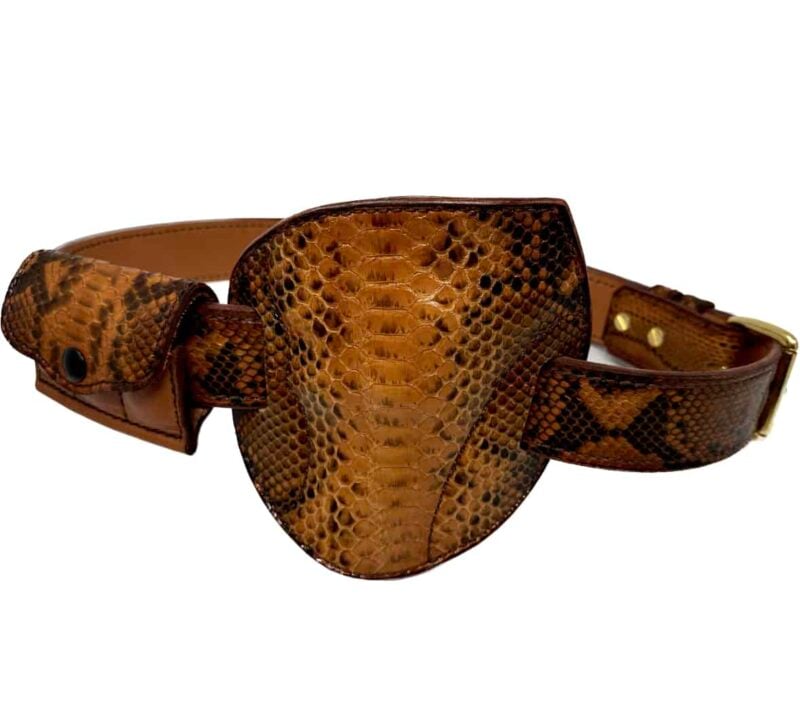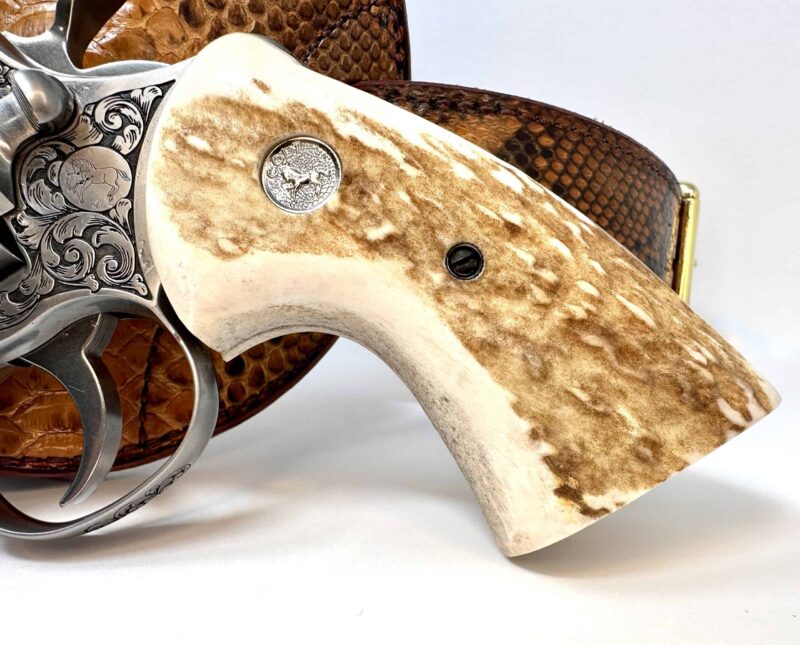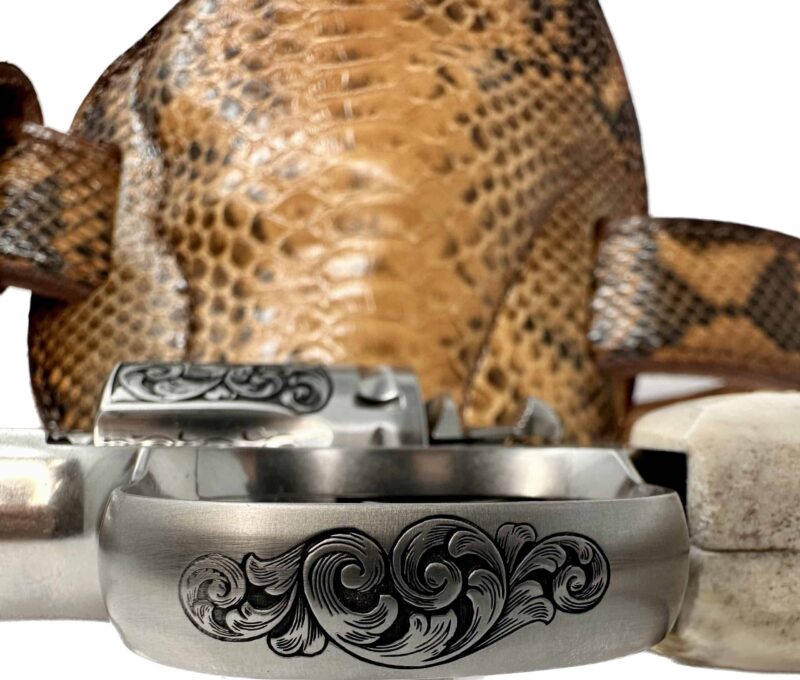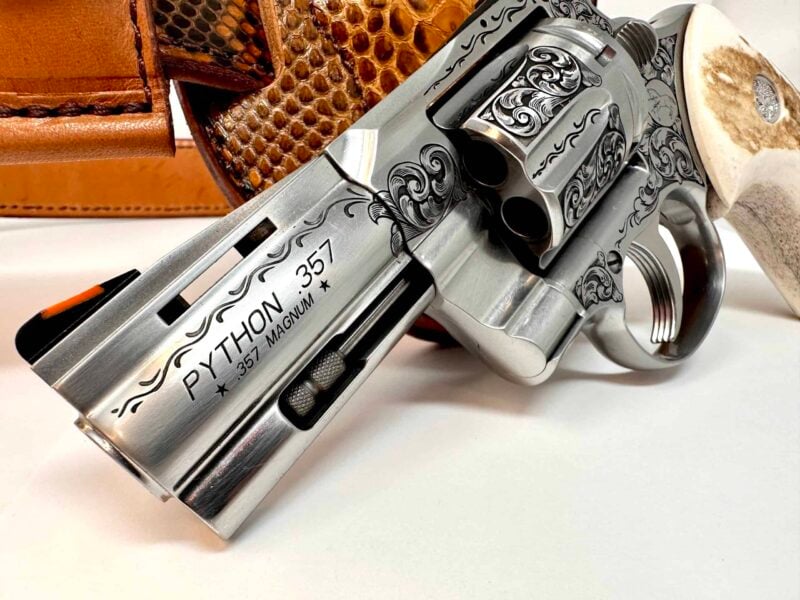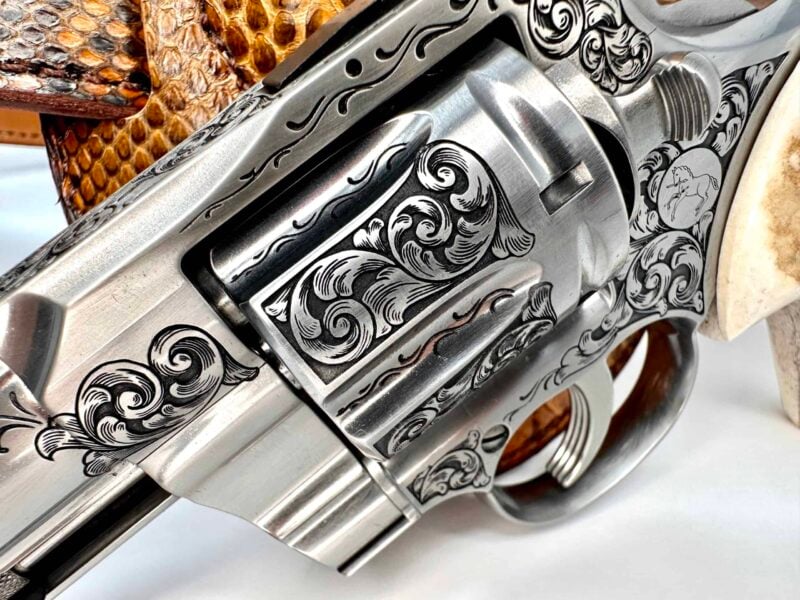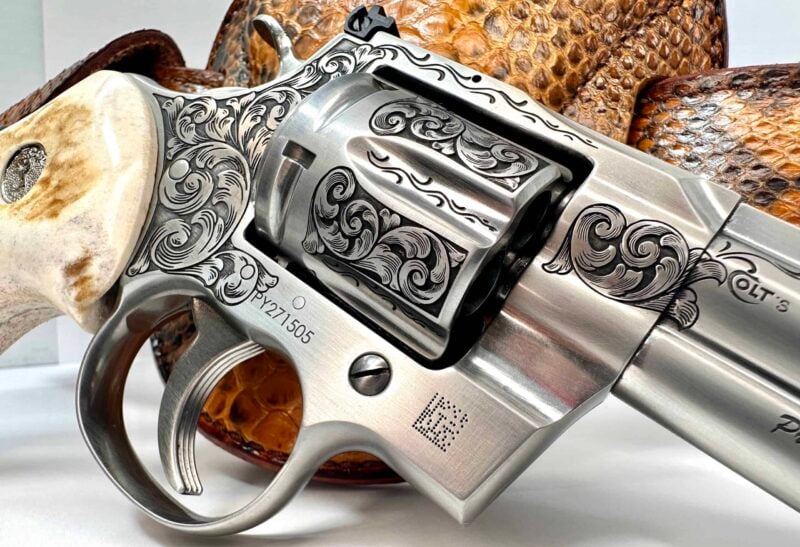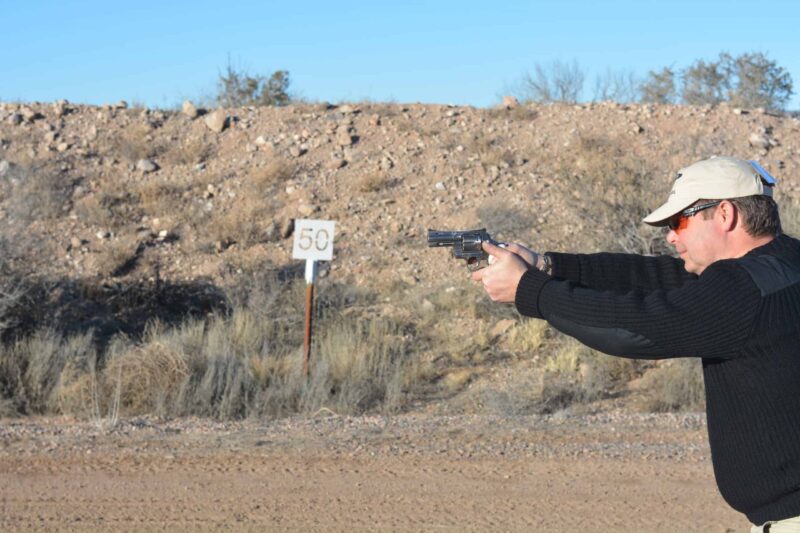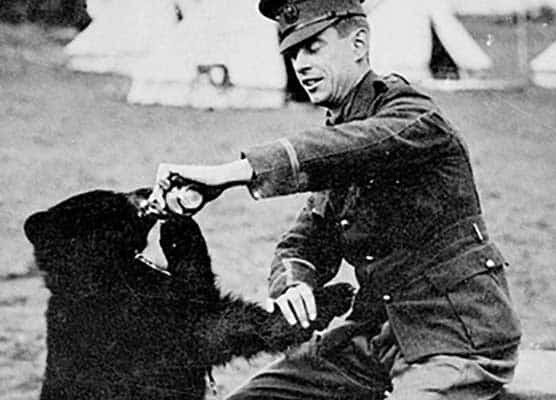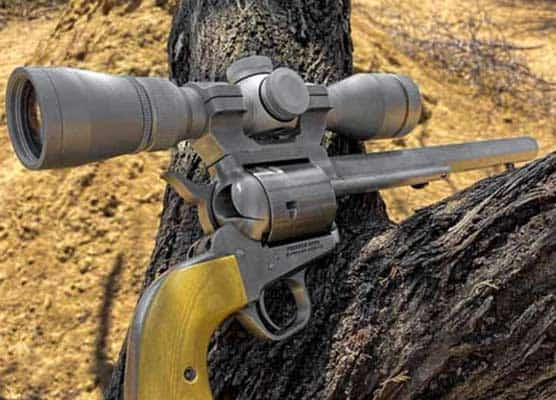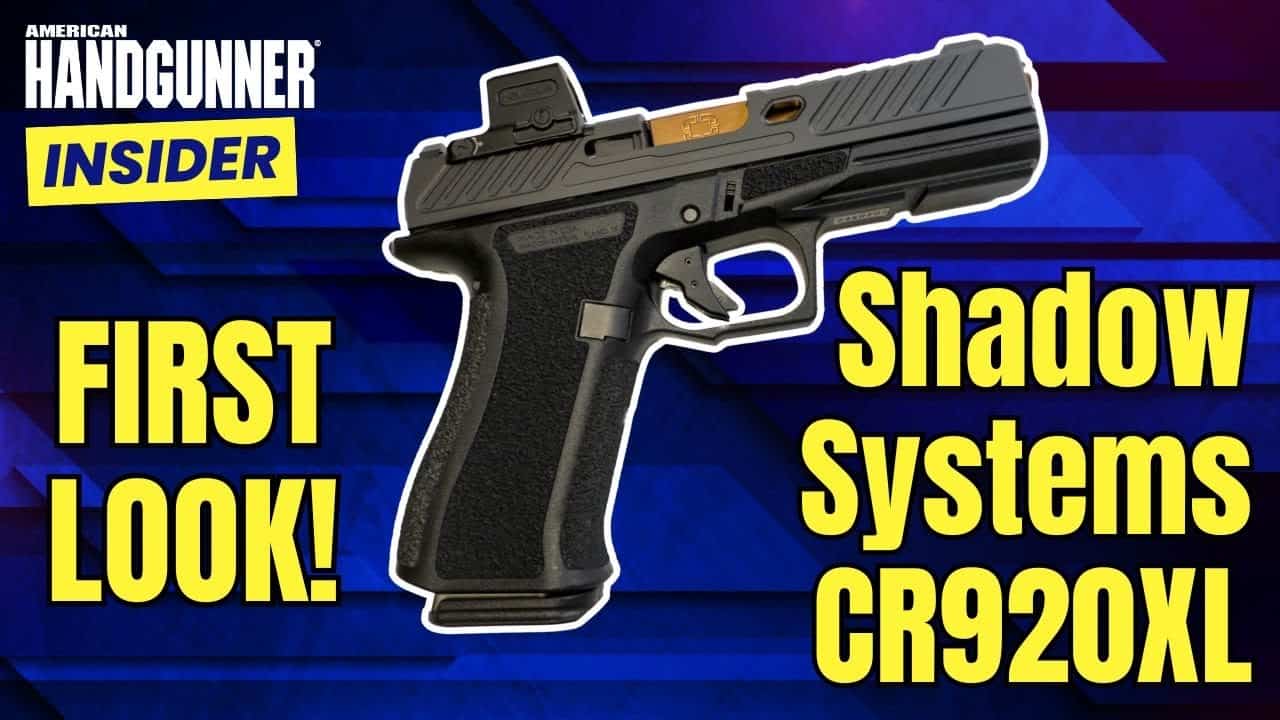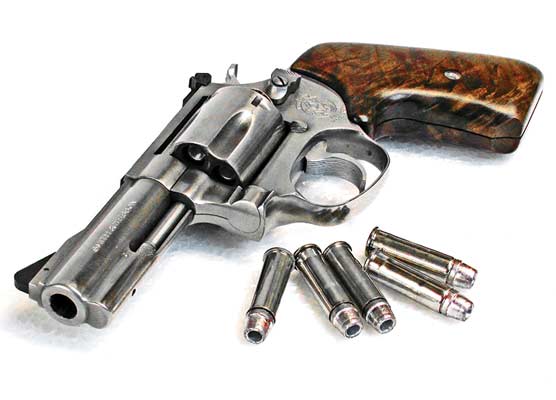Barbecued Snake
An Affordable Tyler Finished 3” Colt Python
When I was in high school and in the early stages of this affliction we call being a gun guy, I used to hang around the gun shop around the corner from my high school. Everything seemed to be priced three steps too high for a lad who had his own Brownell’s catalog, but the counter was manned by a former Marine who was hands down one of the coolest people I’d ever met. Tattooed — still unusual in those days — and well-stocked with stories from deployment to the Philippines and other locales, he carried either a stag-handled 1911 or, better yet, his 2″ Colt Python .357, resplendent in nickel, with matching stag grips and a Tyler T-grip to fill the space between the grip and rear of the triggerguard. It was gorgeous and, of course, way beyond the grasp of my hourly wage, of which I was taking home $2 at the time. Every bit the classic “barbecue gun,” that sixgun is still stuck in my mind three decades later, which includes a large chunk of time during which Colt no longer offered the Python. Fortunately, after a long drought of “snake” Colts, a much-improved version is now available. But this one involves a different Tyler.
Enter Bobby Tyler…
In spite of a relatively recent debut in the firearms industry, Bobby Tyler’s name is well-known to all of us who love revolvers and classic American firearms. Founded in 2014, Tyler originally focused on finishes, such as the color case finish that includes the look and style of color case hardening without the metallurgical risks that can come with the traditional hardening technique, and still provides OEM finishing services for several major gunmakers.
While the strongest market these days seems to be in utilitarian firearms, the enlightened among us have long known that making a gun pretty doesn’t make it work any less well. There is a distinct joy in using beautiful tools for common tasks. Ask the man wearing a Rolex, for example, or the one with a fine Italian writing utensil.
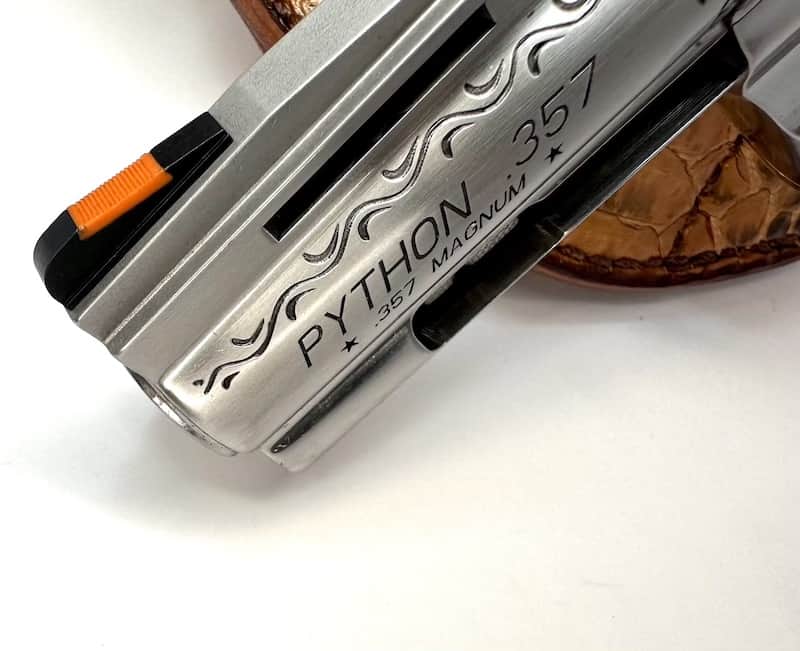
The front sight is the familiar ramp with a red plastic insert. While it’s a bit wide on a 3” gun
where it’s that much closer to the rear sight, Jeremy was still able to make good, consistent hits out at 50 yards.
While some rear sights have a little play from the factory, Tyler inspects the guns for that fault and addresses it if necessary.
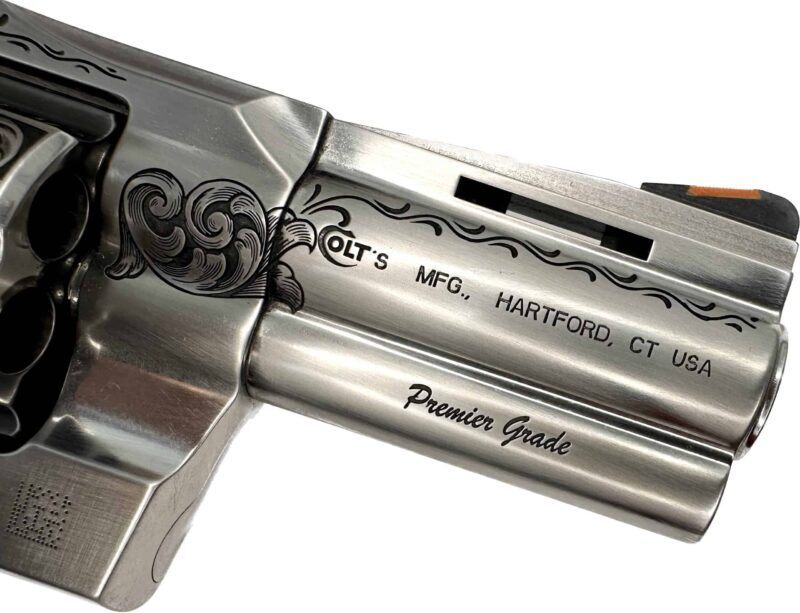
Jeremy considers three inches ideal for a defensive revolver: easier to hide than a 4” but far easier
to shoot well than a snubby, the velocity loss is minimal compared to the bigger gun.
It can still get a bit whippy with hot Magnums, but it’s far more docile than a snubnose. The underlug helps, too.
Unfortunately, finely-finished guns can be prohibitively expensive, often costing every bit as much as that Rolex Submariner. That’s always rankled Bobby, whose goal is to make it possible for everyone to afford a well-turned-out, beautiful pistol. There are ways, it turns out, to make it more accessible, and one of these is in engraving.
Traditionally speaking, engraving is done by hand with a hammer and chisel by someone who has devoted their life to obtaining the skill required to do it well. That last part is important. The first engraved gun I saw up close was done by a Colt Master engraver, and once you’ve seen truly good work, the substandard stuff really jumps out at you, and not in a good way. If it’s not done well, it’s a detriment to the gun’s overall appearance. Needless to say, someone who has committed enough of their life to be truly good at it isn’t going to give away their work. That’s kinda cold comfort, though: it explains why it’s unaffordable, but knowing that doesn’t make it any less so.
There are innovations that have reduced the cost: air-powered hand tools that can do a punch-dot background rather than requiring a blue million hammer strikes or cut a curl instead of tapping it out by hand. And there’s laser engraving, which, like any machining process, is much faster and more precise than hand work, as well as far less expensive. Candidly, though, it usually doesn’t look that good: the laser does not make a beveled cut the same way a steel graver does, and it tends to leave fuzzy edges instead of cleanly-sliced steel. And it’s soulless. There is something … dare I say, romantic? … about the image of a skilled craftsman, eyes hidden behind his visor, patiently coaxing beauty out of flat metal with the simplest of hand tools, one brilliantly precise tap at a time.
Tyler’s Python Process
The middle ground chosen by Tyler is hand-drawn engraving. The designs are laid out by hand by engraver Rocky Sharpe, then cut by laser and chased by hand in-house at Tyler Gun Works. It combines the savings in cost and time (think six weeks and up versus six months and up) with the touch of a skilled craftsman’s hand. While Tyler still offers hand-cut engraving, it is this mix of man and machine that’s included on Tyler’s Premier Grade pistol, distributed exclusively by Lipsey’s.
The canvas is Colt’s newish 3″ Python. My personal favorite barrel length for a .357 Magnum, 3″ combines some of the shootability and recoil control of the 4″ barrel (the usual duty length) with a little of the concealment of a snubby. And you lose very little velocity from the 4″ barrel: in my previous testing, there’s only about 100 fps between a 1 7/8″ snubnose and a 4″. The 3″ seems to carry much easier than a 4″ as well.
In addition to the engraving, each Python will receive some minor action work and any needed remedial attention to the rear sight, a previously-reported weak spot of the new Pythons. Everyone gets to choose what they think makes a good visual impression, but I’ve always liked draw-breath grips on a barbecue gun (you know, grips made from something that used to draw breath). In the case of the Premier, grips are either stag, moose or American elk fitted to the gun and with medallions installed, and they are very pretty. I had Tyler fit a pair of stag grips to an S&W .357 last year and was duly impressed with the grips, fit and finish. Each pistol also comes with a discount code for a matching Python skin gunbelt (belt, holster and spare ammo carrier) from Simply Rugged holsters. While the name implies hard-working gunleather, which is what the company is known for, Simply Rugged’s Rob Leahy also does finely finished work as well. I visited the shop shortly after he had completed several of the Python holsters, and a row of those makes quite an impression.
The suggested retail for the pistol is $2,400. Take a look at just the cost of a comparable set of grips, plus shipping costs to get them fit to your gun, and it doesn’t take long to realize how reasonable that price is.
I got the chance to handle and shoot the Premier Grade Python on a recent trip to Gunsite, and was duly impressed. The trigger was smooth, without the upfront weight of a Smith or the usual late stacking of a traditional Colt double action. Even though the wide red insert front sight fills up the rear notch a bit more than I like, a function of the shorter barrel, I was able to make consistent double action hits with it on a narrow steel Pepper Popper: 6-for-6 at 25 yards, and 4 or 5 per cylinder at 50. Like I said earlier: making it pretty doesn’t make it work any less well.
For more info, visit TylerGunWorks.com.

Get More Revolver Content Every Week!
Sign up for the Wheelgun Wednesday newsletter here:

